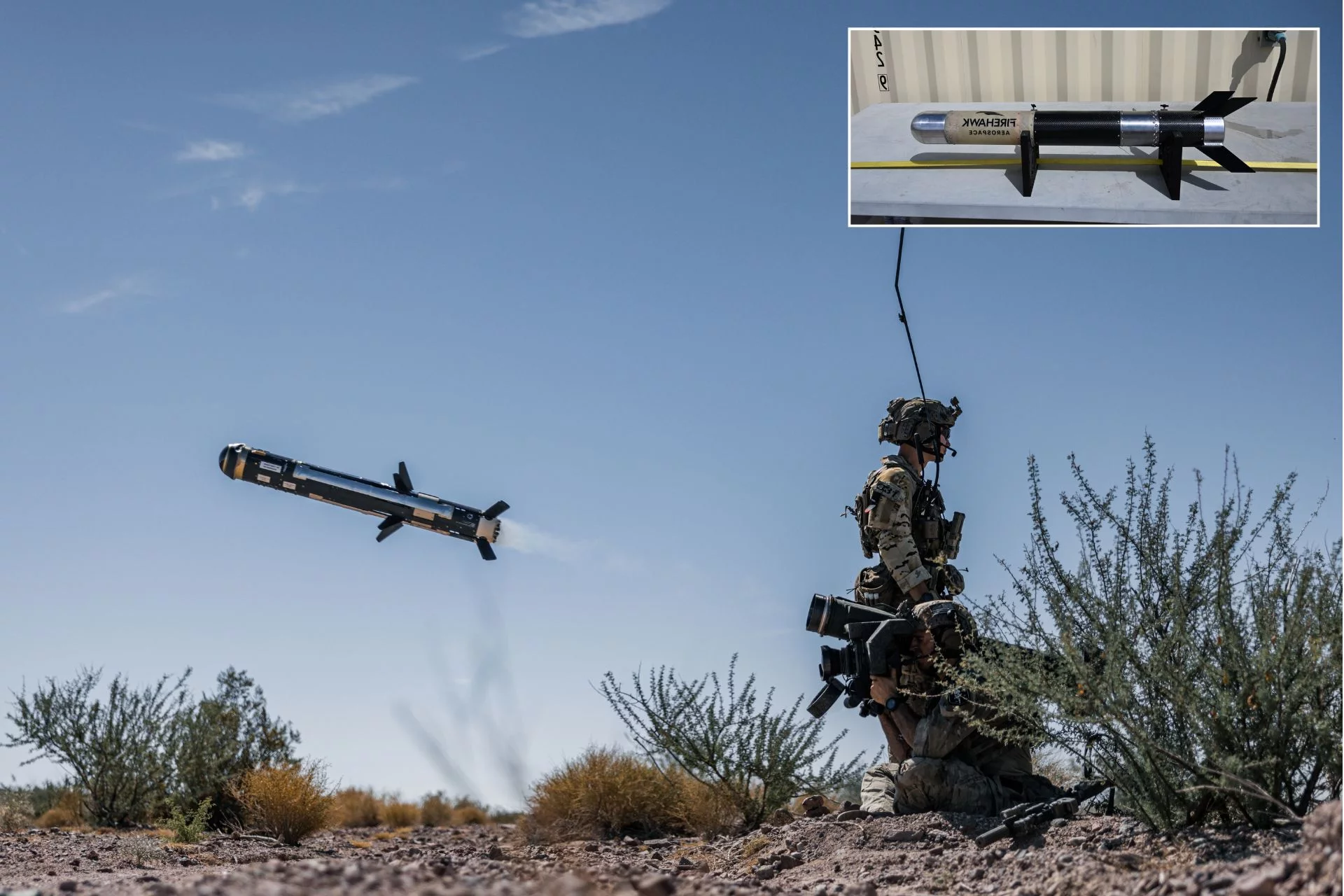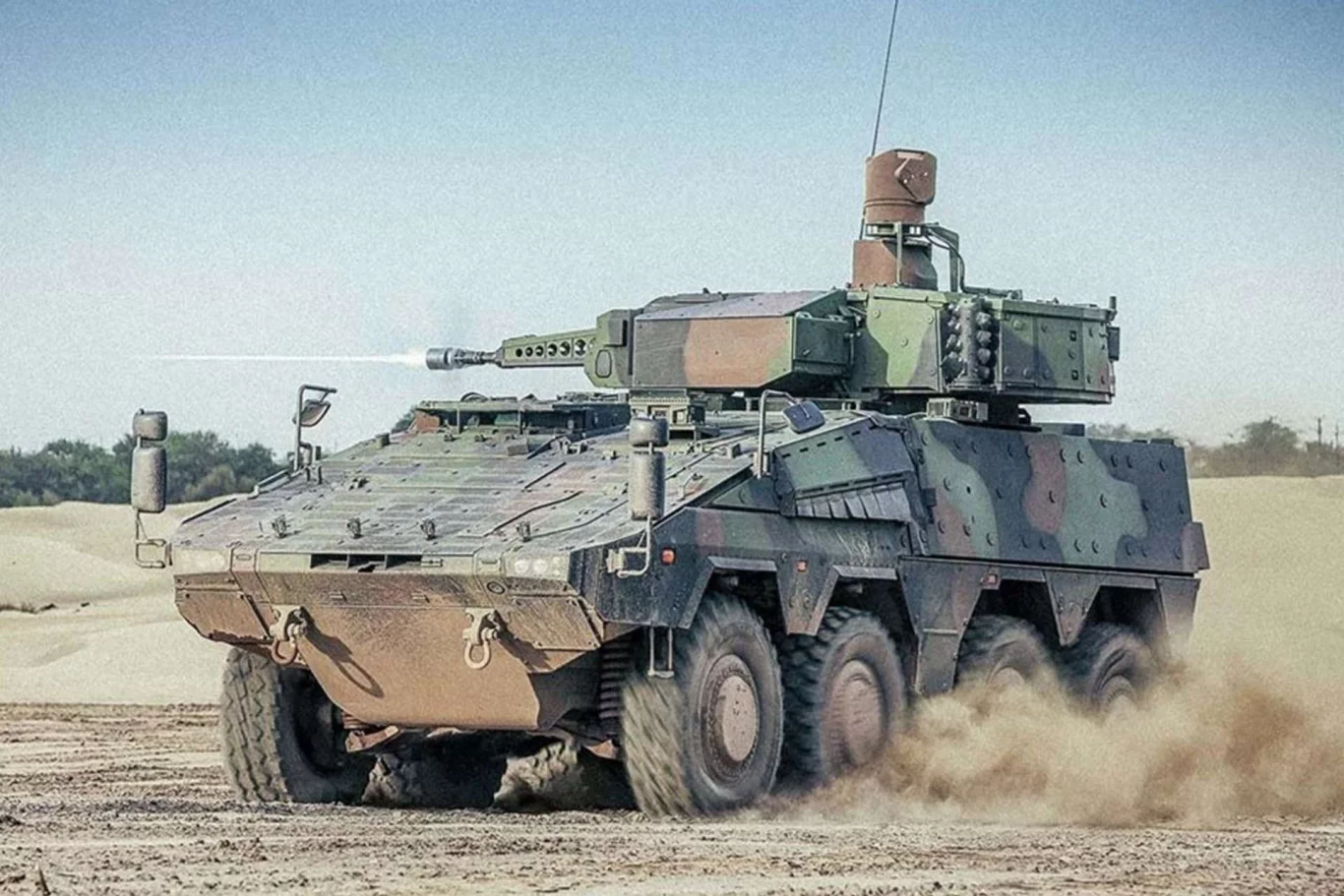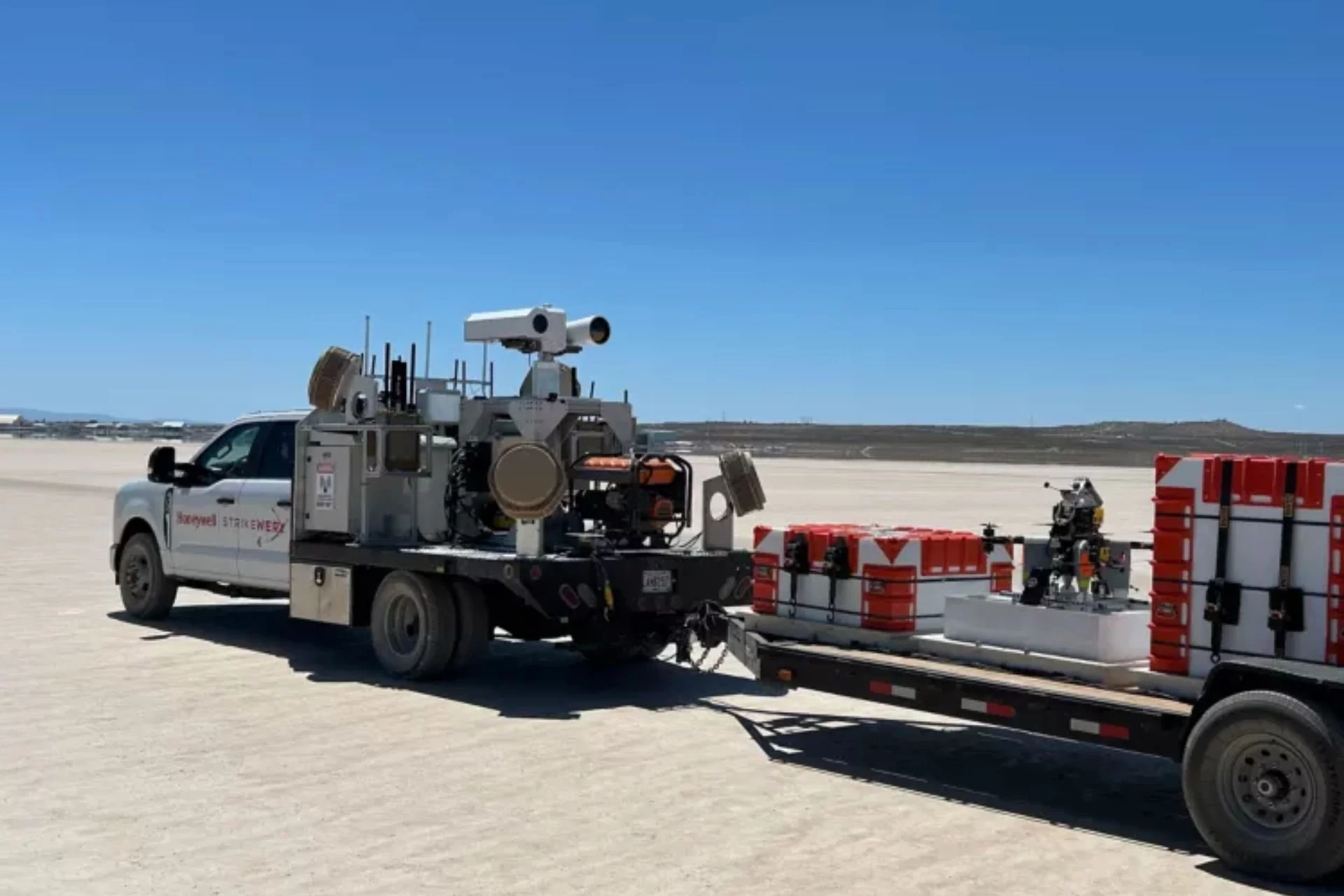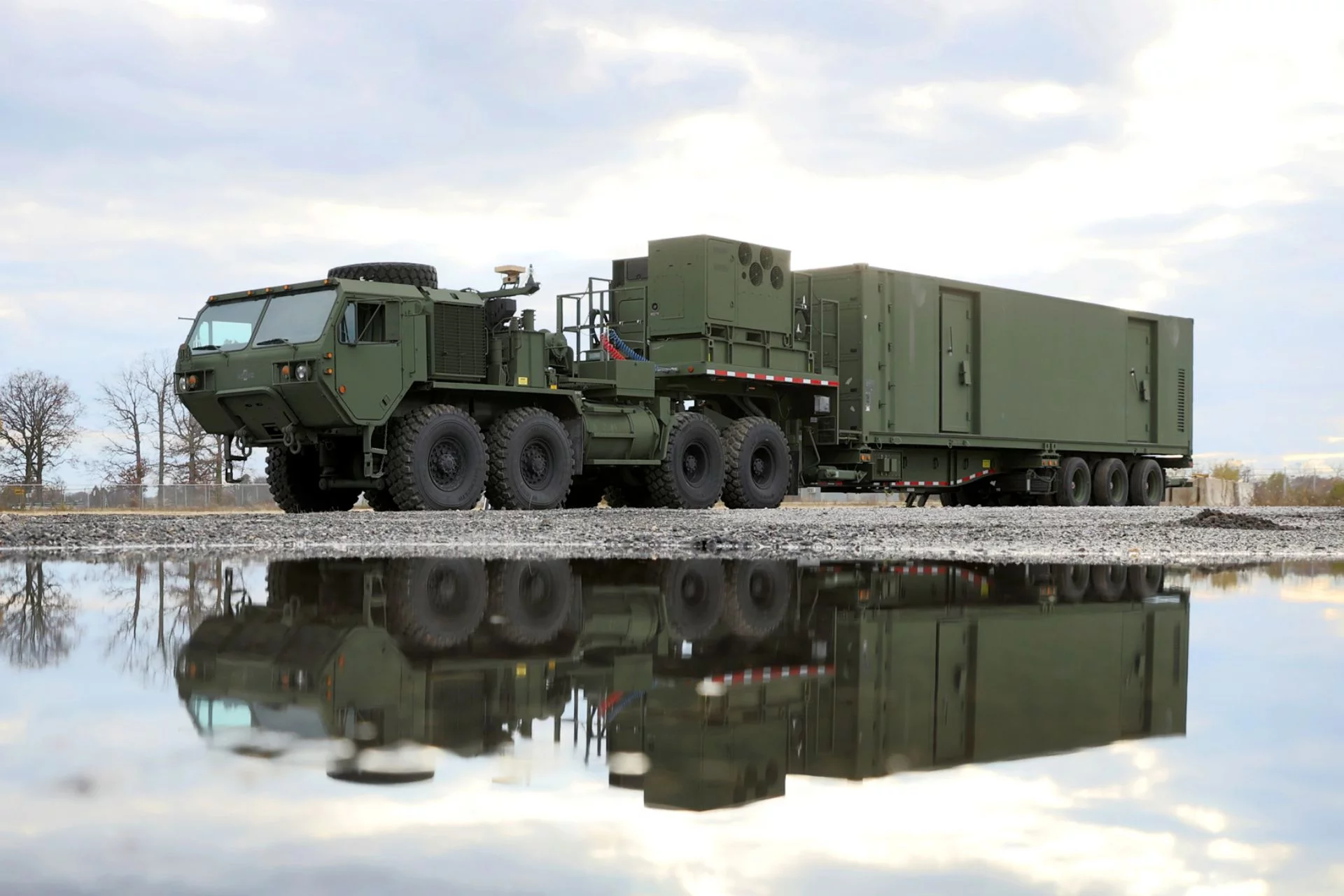In a groundbreaking development that’s set to transform the landscape of modern warfare, Firehawk Aerospace, a Dallas-based innovator backed by the US Army, has successfully completed flight tests of advanced launch motors using 3D-printed solid propellant. Announced on September 30, 2025, this milestone marks the culmination of a Phase III Small Business Innovation Research (SBIR) effort in collaboration with the Army Applications Laboratory. The tests, which focused on propulsion systems analogous to those used in the iconic Javelin and Stinger missiles, showcase the potential of additive manufacturing to overhaul traditional rocket-motor production methods. This isn’t just a minor tweak—it’s a paradigm shift that could dramatically accelerate production timelines, enhance supply chain resilience, and give American warfighters a critical edge in high-stakes conflicts around the globe.
To fully appreciate the significance of this achievement, let’s delve into the background of these missile systems and why their propulsion is such a vital component. The Javelin missile, officially known as the FGM-148, has been a cornerstone of US infantry anti-tank capabilities since its introduction in the 1990s. This portable, fire-and-forget weapon system is designed for shoulder-launched operation by a single soldier or a small team, making it incredibly versatile on the battlefield. The complete setup includes a Command Launch Unit (CLU) that weighs about 6.4 kilograms, equipped with sophisticated passive target acquisition technology, integrated fire control systems, and thermal imaging for day or night operations. What sets the Javelin apart is its ability to be fired from enclosed spaces like buildings or bunkers without risking backblast injury to the operator, thanks to its soft-launch mechanism.
The missile itself is a marvel of engineering: it employs a tandem warhead charge capable of penetrating between 600 to 800 millimeters of reactive armor, making it lethal against even the most heavily fortified tanks and armored vehicles. With an effective range extending up to 4.75 kilometers, the Javelin uses a top-attack profile, climbing to altitudes of 100 to 200 meters before diving at a steep 45-degree angle to strike the target’s weaker top armor. Its guidance system relies on a long-wave infrared seeker that’s highly resistant to countermeasures like flares or decoys, ensuring high hit probabilities even in contested environments. Over the years, the Javelin has proven its worth in real-world scenarios, from urban combat in Iraq and Afghanistan to its pivotal role in Ukraine’s defense against Russian armored incursions, where thousands of units have been supplied to bolster allied forces.
Similarly, the Stinger missile, or FIM-92, represents the gold standard in man-portable air-defense systems (MANPADS). This shoulder-fired weapon is engineered to neutralize low-flying aircraft, helicopters, and drones, providing infantry units with a rapid-response shield against aerial threats. The Stinger achieves speeds up to Mach 2.2, with a maximum engagement range of about 4.8 kilometers. Its passive infrared seeker locks onto heat signatures, allowing for quick target acquisition without emitting signals that could reveal the shooter’s position. The entire system, including the missile and reusable gripstock launcher, weighs around 15.2 kilograms, making it manageable for a two-person team. Beyond ground troops, the Stinger integrates seamlessly with vehicle-mounted platforms like the Avenger air-defense system or the Bradley Linebacker variant, extending its utility across various military domains.
What Firehawk Aerospace has accomplished builds directly on these established platforms but addresses a longstanding bottleneck in missile production: the propellant. Traditionally, solid rocket propellants for missiles like the Javelin and Stinger are manufactured using a cast-cure process, where a liquid mixture is poured into molds and allowed to solidify over time. This method, while reliable, is labor-intensive, time-consuming, and inflexible—often requiring weeks or months to produce batches, with limited options for customizing grain geometries to optimize performance for specific missions.
Enter 3D printing, or additive manufacturing, which Firehawk has pioneered for propellant production. By layering materials precisely under computer control, this technology allows for the creation of complex internal structures that can enhance burn rates, thrust profiles, and overall efficiency. In the recent tests, Firehawk demonstrated “Firehawk Analog” systems—essentially scaled models mimicking the launch motors of Javelin- and Stinger-class missiles. These weren’t full missile firings but targeted evaluations of the propulsion elements, proving that 3D-printed propellants can match or exceed the performance of conventional ones. The key advantages? Speed and agility. Production lead times could be slashed from months to days, enabling rapid scaling in response to surging demand, such as the ongoing support for Ukraine amid its conflict with Russia or intensified training exercises across Europe.
This breakthrough didn’t happen in isolation. It follows closely on the heels of Firehawk’s August 26, 2025, demonstration of a hybrid engine analogous to the Guided Multiple Launch Rocket System (GMLRS), further underscoring the versatility of their 3D-printing approach. The US Army’s involvement through the SBIR program highlights the military’s strategic push for innovation in the defense industrial base. With global tensions rising—think contested logistics in the Indo-Pacific theater, where resupply chains could be disrupted by adversaries like China—having a more resilient domestic production capability is paramount. Traditional manufacturing relies on specialized facilities and hazardous processes that pose safety, health, and environmental risks. In contrast, 3D printing minimizes these issues by reducing waste, allowing for on-demand production, and enabling digital tweaks to propellant designs without retooling entire factories.
From an operational standpoint, the implications are profound. Imagine US forces in a high-intensity conflict where missile stockpiles are depleting faster than they can be replenished. With 3D-printed propellants, manufacturers could pivot quickly to produce variants tailored for extreme environments—perhaps with enhanced cold-weather stability for Arctic operations or optimized burn characteristics for longer ranges. This flexibility also aligns with broader Pentagon initiatives to incorporate advanced manufacturing into the supply chain, reducing dependency on foreign suppliers and mitigating vulnerabilities exposed by recent global events.
Moreover, the environmental and safety benefits can’t be overstated. Conventional propellant casting involves handling volatile chemicals in large quantities, with risks of accidents or spills. Additive manufacturing confines these processes to controlled, smaller-scale operations, potentially lowering the ecological footprint of defense production. For the US Army, this means not only faster turnaround but also compliance with stricter regulations on hazardous materials, all while maintaining the high standards required for insensitive munitions—propellants designed to resist accidental detonation from impacts or fires.
Looking ahead, the Phase III SBIR success paves the way for integration into existing production lines. If scalability, cost-effectiveness, and repeatability can be fully validated, this technology could become a staple in arsenals worldwide. Firehawk’s work is a testament to the power of public-private partnerships in driving defense innovation, ensuring that American troops remain equipped with the most advanced tools available.
In summary, Firehawk Aerospace’s 3D-printed propellant tests represent a leap forward in missile technology, promising to make systems like the Javelin and Stinger more accessible, adaptable, and ready for the demands of tomorrow’s battlefields. As global threats evolve, innovations like this will be key to maintaining strategic superiority.




